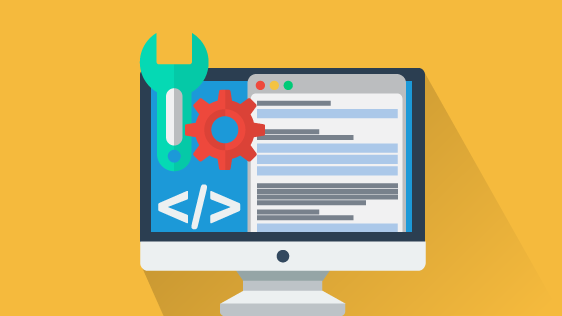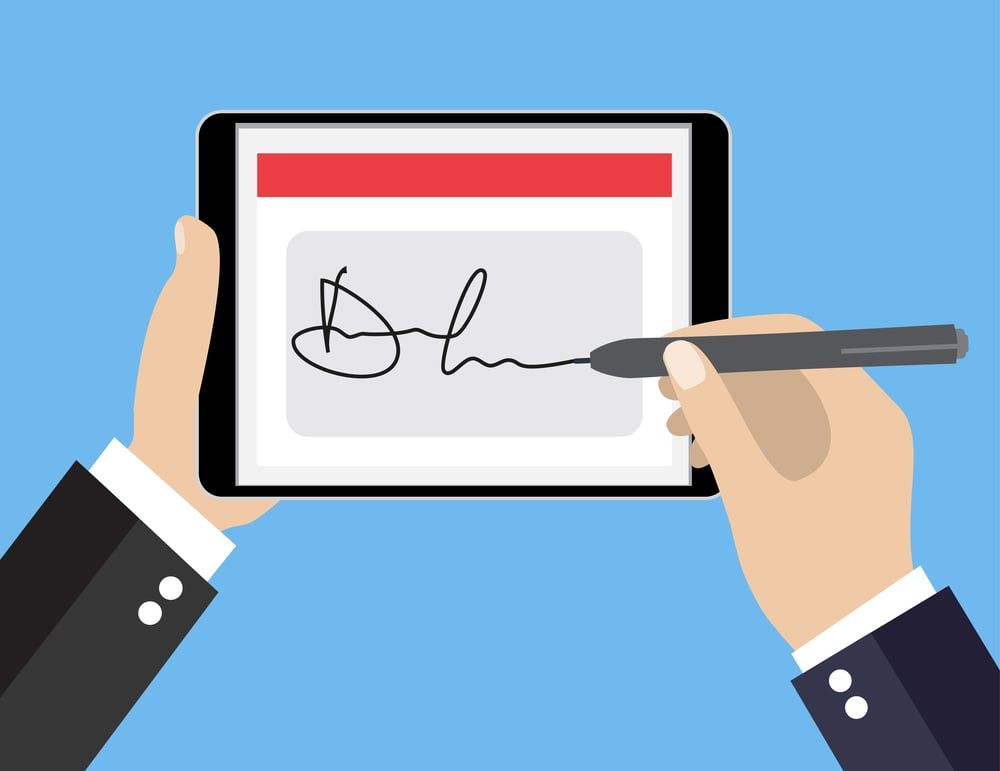Awesome Automation Hacks For The Creative Agency: Part 1 – What is Task Automation?
Susie Morrow
This is the first in a two part series of articles on task automation for small business, and in particular for the creative industries. This first article will look at what automation actually is and where it can be applied. In our follow up article we will look at the various tools out there that you can apply to task automation in your company.
Creative industries are blossoming – you could even describe the last decade as being the decade of creativity. The ‘First Global Map of Cultural and Creative Industries’ was recently produced which quantifies the industry. The creative industries added 2,250 billion USD to the world economy which is around 3% of the world’s GDP. The creative industry is massively important to the world at large, and if you are part of this movement, you are not only in a potentially lucrative industry, but also an increasingly competitive one too.
In a highly competitive industry, you need to be highly efficient. One way to improve this is to make sure that manual tasks, that take your time away from your core work, are automated. Creativity and automation can be fruitful bedfellows. Automation takes the strain of various business related tasks, from marketing to client communication to contract processing, and so on and frees up your time to get on with what you do best – being creative. In this way, automation is the BFF of the creative agency and especially of the small business; automation is the ying to your yang.
What is Automation and Why Use It?
When I think of automation I get an image in my mind of the 1920s film ‘Metropolis’. The basic premise of the film is that the world functions using a robot that is managed by the ‘workers’. The film is set in 2026, not too far off now. The film was right about the rise of the robots, but they weren’t correct about human beings having to manage them to the point of slavery. Automation is in fact about freeing up time, not enslaving us. Software automation, which I’m specifically talking about in this article and the next, which will look at the tools of automation, is about taking a business process that you would normally do manually, and making that process automated and as ‘hands free’ as possible – i.e. task automation.
Automation is becoming embedded in our work culture. It cuts across all industries and business processes, from manufacturing and utilities, to transportation and healthcare. Automation is now crossing the chasm into the small business, and creative industries are perfectly primed to take advantage of it. If you think about it, automating manual tasks is the godsend of the small business. As small business owners, especially in the creative industries, doing business tasks like marketing, or accounts, or contract negotiations, is a pain, we all sigh when we have to do them. While we are doing those things, we can’t get on with our core business. Any software that can provide task automation must be a good thing.
Automation provides time and money savings, because it cuts down on the time to process tasks. Just as an example of the costs of manual operations, Brother International found that U.S. businesses lost around $89 billion a year just searching for missing documents within those manual processes.
Automation can be used right across your business. For example, something as simple as using automation software to do repeat postings on social media, or to auto-send repeat invoices, can help you save a lot of time.
The best way to start to look at areas within your company that can benefit from automation software is to look at what you do manually now, and then find out what tools are available to take that manual process and make it an automated task.
Examples of Areas Where You Can Use Task Automation
To help you to identify the areas where you can automate your business processes, I’ve outlined a few typical business processes where a small company and creative agency can use them:
Marketing: When you start a small business you also have to become a marketer. Marketing is a big part of small business operations. In a study by ‘Social Media Today’, they found that on average, a small business spends around 6 hours per week (almost a full day) on social media marketing. They also found that some small companies, perhaps yours is one, can spend up to 21+ hours per week using social media to market their services and products.
Because marketing automation has been demonstrated to be effective, it is showing rapid growth. Between 2011 and today there has been an 11 fold increase in companies using marketing automation tools, with email and social media marketing being used the most.
Marketing is one of the areas in a small company that can be automated effectively. When you decide to automate your marketing, think about your marketing automation as an eco-system. Try to consolidate your marketing efforts across all of your points of communication. The great thing about automation is that you can create your marketing strategy, then use the tools to proliferate your message across all of the possible platforms in a controlled and efficient way – you essentially market while you sleep.
Communications and customer relationships: Communicating well with coworkers, clients, potential clients, and suppliers, is an essential of a well-run and successful creative agency. Most small businesses can’t afford to hire a PA to handle communications, and outsourcing a PA can be in itself a job. So using automation software to handle communication tasks can really help to remove the distractions of incoming calls and other communications. Email, in particular, is a source of distraction; a study found that the average time to get back to a task after a distracting email was around 25 minutes. You can use a number of different automation tools to handle communications. Automated secretaries can answer calls, route them and prioritize them. Small business versions of Customer Relationship Management (CRM) tools are a great way to manage emails and documents, and set reminders for follow ups, within a single interface.
You can also use some of the marketing communication tools, such as email automation software to send out regular bulletins and updates to existing clients and others.
Contracts: Contract automation, and in fact any document that needs to be agreed and signed off (including invoices, etc.) is another of the areas of task automation that will give you your life back. Contract automation, automates the entire lifecycle of the contract. It has functionality that allows you to create contract drafts, communicate to the parties involved in the negotiation, handle the contract changes from a central repository, send out alerts with changes, and ultimately electronically sign the contract. Contact automation is a more speedy way to get contract closure, but it also saves on printing and postage costs too.
Task Automation: The Ultimate Multitasker
Automating tasks using software tools is a natural for the small business creative agency. It frees up time, reduces mistakes and saves you money – what’s not to like? It does the multitasking of business jobs for you, leaving you to get on with what you do best, being creative.
In our next article, I’ll look at a number of tools in the market that can help you achieve an effective move over to automating your business processes.








